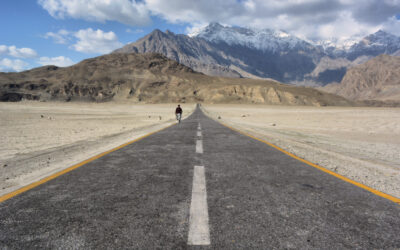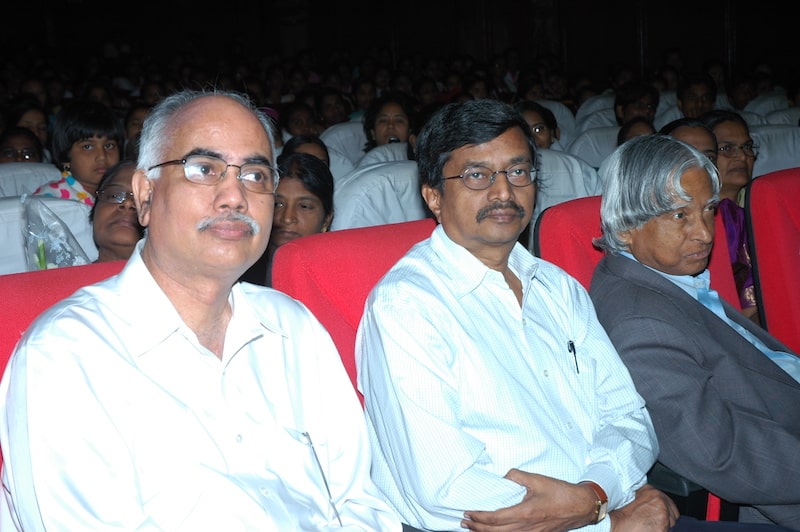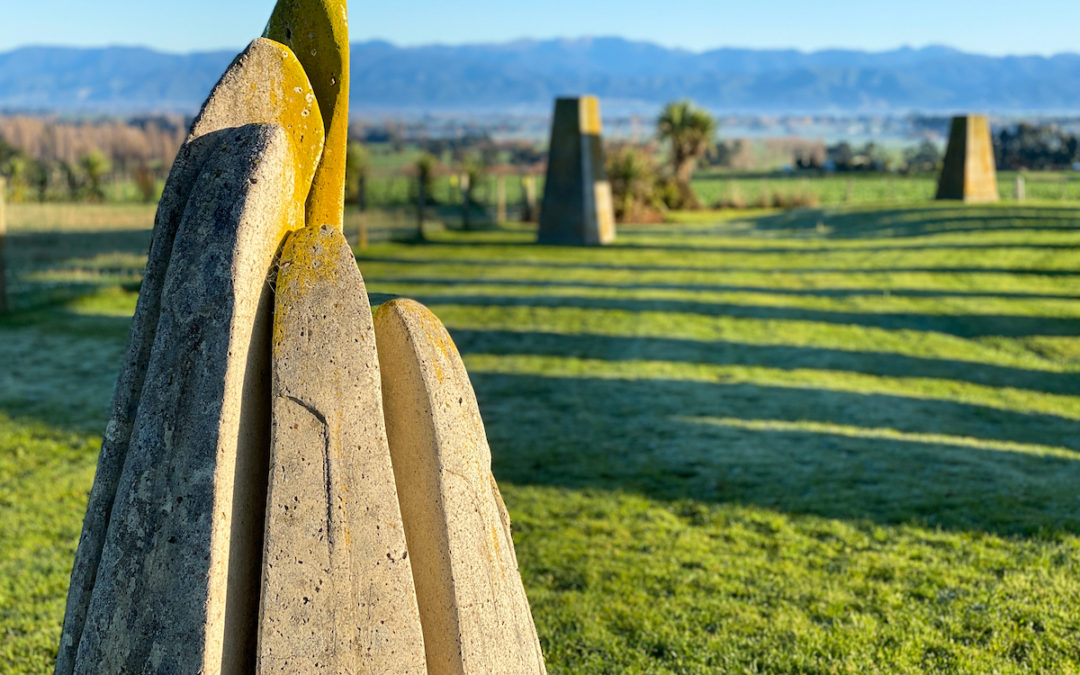It is normal to consider the meaning of life after leading a fulfilling life. I lived an active life that included travel, met many saints, outstanding people, and celebrities, and had my due share of disappointments and accomplishments…

Hubris and Humility
Hubris and Humility

The COVID-19 pandemic presented a contrast in the way it rolled out in 2020 and in its second wave in 2021 in India. The rigorous lockdown in 2020 prevented large-scale spread of infection and hospitalizations, and mortality levels in India did not exceeded the global trends. However, migrant workers suffered untold miseries and peeled off the veneer off a heartless, self-centered, and transactional society.
Then, for many months, the pandemic appeared to have receded, and people were back to their carefree ways that included large gatherings and congregations, be it rituals, festivals or election rallies. Even cricket matches were watched by people in packed stadiums. The arrival of an indigenous vaccine along with other global brands created the hubris of India as a “Vishwa-guru” that was leading the world in effectively handling the pandemic.
And then, the second wave struck. Even the best hospitals raised their hands in their failure to provide oxygen to needy patients. Questionable therapies like administering convalescent plasma were used to earn enormous profits by the hospitals. Beds were given to highest bidders. Unproven medicines for COVID-19 were sold in the black market. It was as if vultures were hovering everywhere. People were out in the streets not having a hospital bed. To have people not have oxygen was really tragic.
What might explain these staggering letdowns in a country that was discussing QUAD with the US, Japan and Australia to counter China only on March 12, 2021? Suddenly, we were receiving oxygen tankers from other countries in aid to fill the demand deficit and a section of the Western media was showing shocking pictures of long lines of dead bodies waiting for cremation. The entire system seemed to have collapsed like a pack of cards.
In engineering parlance, there are two ways of looking at systemic failure. One focuses on how one part of the assembly failed and took down the whole system. It is a more familiar narrative: find the missing piece, the worn-out cog, the exhausted element that brought the machine to a halt, fix it and voila! Supply shortage of Oxygen in hospitals was highlighted at the center stage of the COVID-19 second wave and fixing it was seen as mission accomplishment.
However, there is a second way of looking at systemic failure. It requires widening the scope to think about the system as a whole and how it crumbled. What turned the well-tamed COVID-19 pandemic into a quick-moving and relentless public health emergency? The answer is – mass religious gatherings, cricket matches, and a general attitude of “all is well” on the one hand. On the other, huge federal budget allocations to augment hospital facilities were found unutilized by many states. Both were the hallmarks of hubris – the arrogance of doing no wrong and doing nothing. A widespread view amongst people, that they are outliers, prevailed with many living in the false belief that “I am in some way distinct from the others, and nothing will happen to me.”
Media channels had their own hubris. One reality was shown in so many different ways based on who was reporting. Negativity and cynicism were galore. TV reporters were seen cherry-picking scenes, rather than communicating the ground situation. Thousands of lives were saved by valiant doctors, staff and volunteers bringing oxygen from factories on their two-wheelers to help people in need. The way tons of liquid oxygen is now produced by our non-medical industry after modifying their plants in few days’ time is also historic.
In Greek mythology, hubris is punished by the goddess Nemesis. Overconfidence in our specialness led to lack of preparedness, prevented collaboration with others, and limited the opportunities of learning from the experience of other countries. Deficiencies in administration and greed of the people emerged as punishment by Nemesis for the hubris of “world-power India.” Two lessons are apparent:
- Panic mongering for profiteering – Most Covid positive patients may recover on their own. The things needed for them to do so are oxygen level monitoring to maintain a level of 93 and above, Paracetamol for fever and body ache, and home isolation to make sure that they do not pass on the virus to others. Large numbers of hospitals beds were occupied by the “affluent anxious,” denying them to those who actually needed them. People were seen squatting on beds for their “Masters,” should they need it.
- Highjacking of science – In any infectious disease, the virus mutates while jumping from one host to another. The science is that every mutation adds to transmissibility and virility is lowered. Mutations happen in clusters along the genome. In the SARS-CoV-2 virus of the 30,000-letter long genome, hundreds of mutations have happened and will continue to happen. A hype was created about “double mutations” and the “Indian mutation.” When intellectual garbage was overflowing like an open drain in social media, most of our scientists stayed away from making public rebuttal.
Except the availability of a vaccine, and cognitive surplus on rampant media, there is no difference between the 1918 Flu pandemic and COVID-19. COVID-19 will run its full course over about 3 to 4 years and stop after herd immunity is achieved, making the virus incapable of causing any mortality. Till such time we need to be humble – moderation in living, and the self-discipline of wearing masks and maintaining social distancing. A very large number of people are just not doing this.
Nature is as brutal as it is benevolent. Post globalization, in the late 1990s, a pandemic was imminent. It happened in 2002 as the SARS-CoV, in 2009 as H1N1, and then in 2012 as MERS. Luckily, it remained confined to a few countries. Finally, SARS-CoV-2 became a pandemic as a large number of infected tourists carried it across the globe while holidaying for the Chinese New Year in 2020. There were signs of trouble, but they were ignored to prevent losses by the airline and hotel industries. And we had the COVID-19 pandemic!
A recurring theme in mythology is that of a man or woman who loses sight of human limitations and acts arrogantly and with violence, as if an immortal, and pays a terrible price for it. So, what is the lesson?
Don’t get carried away and suffer despair. Be humble, live with humility, and like a reed, bend before the storm, waiting for it to pass by, which eventually it will, as it has to. Know your limitation of being a mortal and plan your life a little more meaningfully.
MORE FROM THE BLOG
Minimum Working Hypothesis About Life
Intentional Asceticism
My long-standing friend and publisher of several books Piyush Kumar sent me a copy of Lifespan, a book by David Sinclair, regarding the science behind aging, during my stay at AIIMS, New Delhi. Dr. Sinclair (b. 1969) is an is an Australian-American…
The Culture of Excellence
I spent a week at the All India Institute of Medical Sciences (AIIMS), New Delhi. My cardiac situation needed an evaluation and thanks to my long-standing friendship with Dr M. Srinivas, Director, AIIMS, it was done. I am back in Hyderabad and sharing some nice memories of the Institute and the people who work there…











